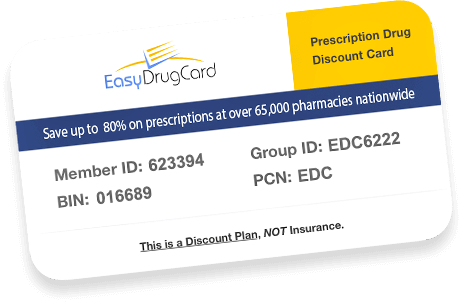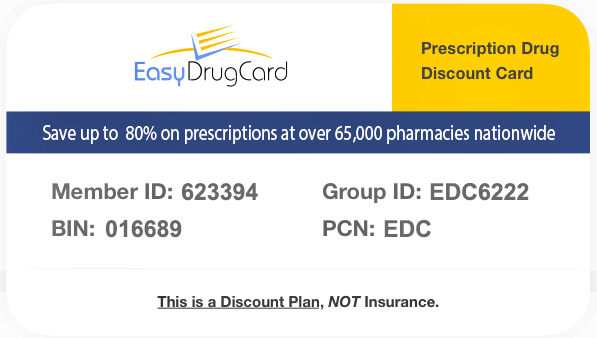Coronary artery disease (CAD), which can lead to a heart attack, is the most common type of heart disease in the United States. Lifestyle changes and, in some cases medication, can reduce your risk of a heart attack. Through a process called atherosclerosis, cholesterol (or plaque) can build up in your arteries and slowly choke off the blood supply to your heart.
Angina (Latin for squeezing of the chest) – is chest pain or tightness that occurs when an area of the heart muscle is receiving a decreased supply of oxygen. Angina is a symptom of coronary artery disease and, over time, can weaken the heart muscle and may lead to a heart attack. An irregular heartbeat or arrhythmia can also develop over time.

A heart attack occurs when plaque totally blocks an artery carrying blood to the heart. It also can happen if a plaque deposit breaks off and clots a coronary artery. Unfortunately, for some people, the first sign of CAD is a heart attack.
Get tested for Coronary Artery Disease
Your medical professional can determine your risk for CAD by checking your blood pressure, cholesterol, and blood glucose levels. A family history of heart disease is important to understand as well.
If you have symptoms or a family history of heart disease there are certain tests your physician can perform to diagnose CAD including—
| Test | What it Does |
| ECD or EKG (electrocardiogram) | Measures the electrical activity, rate, and regularity of your heartbeat. |
| Echocardiogram | Uses ultrasound to create a picture of the heart. |
| Exercise stress test | Measures your heart rate while you walk or run on a treadmill. This helps to determine how well your heart is working when it has to pump more blood. |
| Chest X-ray | Creates a picture of the heart, lungs, and other organs in the chest. |
| Cardiac catheterization | Checks the inside of your arteries for blockage by threading a thin, flexible tube through an artery in the groin, arm, or neck to reach the coronary artery. Can measure blood pressure and flow in the heart’s chambers, collect blood samples from the heart, or inject dye into the coronary arteries. |
| Coronary angiogram | Monitors blockage and flow of blood through the heart. Uses X-rays to detect dye injected via cardiac catheterization. |
Seven Risk Factors for CAD
- High blood pressure – Your arteries are designed to pump blood at a certain pressure. If that pressure is exceeded, the artery walls will be damaged. Causes of high blood pressure come from being overweight, drinking excessive amounts of alcohol, smoking, stress, and a lack of exercise.
- High cholesterol – There are two types of cholesterol – Low Density Lipoprotein (LDL) that is mostly made of fat and a small amount of protein. LDL is considered the ‘bad’ cholesterol because it can block your arteries. High Density Lipoprotein (HDL) on the other hand is made up of mostly protein and a small amount of fat. HDL is considered the ‘good’ cholesterol that can help reduce the blockage in your arteries.
- Lack of Exercise – A lack of regular exercise can raise your blood pressure and increase your risk of developing type 2 diabetes. Both of these increase your risk of developing angina.
- Smoking – Smoking can damage the walls of your arteries. If your arteries are damaged by smoking, blood cells called platelets will form at the site of the damage in an attempt to repair it. This can cause your arteries to narrow. Smoking also decreases your blood’s ability to carry oxygen around your body, which increases the chances of a blood clot.
- Diabetes – If you have poorly controlled diabetes, the excess amount of glucose in your blood can damage the walls of your arteries.
- Age – Arteries tend to get narrower over time. Therefore, the older you are, the more likely it is that your arteries will have narrowed, increasing your risk of developing angina.
- Family history – Heart disease can run in families, so if you have a first degree relative (mother, father, brother or sister) with a history of heart disease or angina, your risk of developing angina is increased.
Treatment to control your CAD
If you have CAD, there are things you can do to lower your risk for having a heart attack or worsening heart disease. Life-style changes such as eating a healthier diet to lower your cholesterol, exercising to lower your high blood pressure, and stoping smoking.
Although a change in life-style is often the method of choice for lowering your risk of a heart attack your doctor may recommend certain medications to decrease your chance as well. While one group of drugs (called statins) lowers cholesterol, another group (called fibrates) is known to take care of fatty acids and triglycerides.
The most common statins include well-known medications such as atorvastatin (Lipitor), simvastatin (Zocor), lovastatin (Mevacor), pravastatin (Pravachol), rosuvastatin (Crestor) and others.
Fibric acid derivatives, or fibrates, are a class of medication that lowers blood triglyceride levels by reducing the liver’s production of VLDL (the triglyceride-carrying particle that circulates in the blood) and by speeding up the removal of triglycerides from the blood thus increasing your good cholesterol (HDL). The most common fibrates are gemfibrozil (Lopid) and fenofibrate (Tricor, Fibricor).
It is important to seek medical advice from your medical professional to determine if you are at risk for CAD and what appropriate course of action is needed for you based on your medical history. Do not undertake any exercise or dietary changes without consultation from your medical professional. They can best determine a comprehensive treatment plan tailored for your specific medical history.
If you are uninsured or under-insured you may be paying more than you need to for medications like Lipitor, Crestor, and other cholesterol medications at your local pharmacy. Our free prescription drug card can help alleviate the high cost of cholesterol prescriptions.
Simply download our card at EasyDrugCard.com to begin saving on your prescriptions at your favorite pharmacy. The card works like a coupon that never expires so you can use it again and again. Use our pharmacy locator and drug pricing tools to find the best price for cholesterol medications near you.










